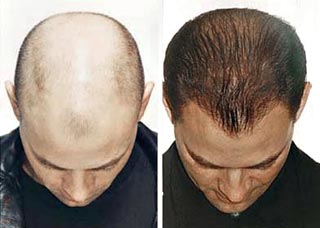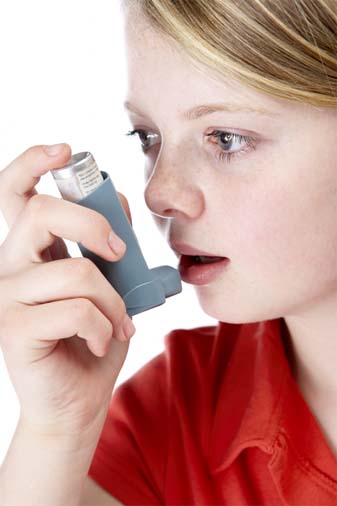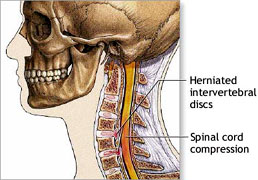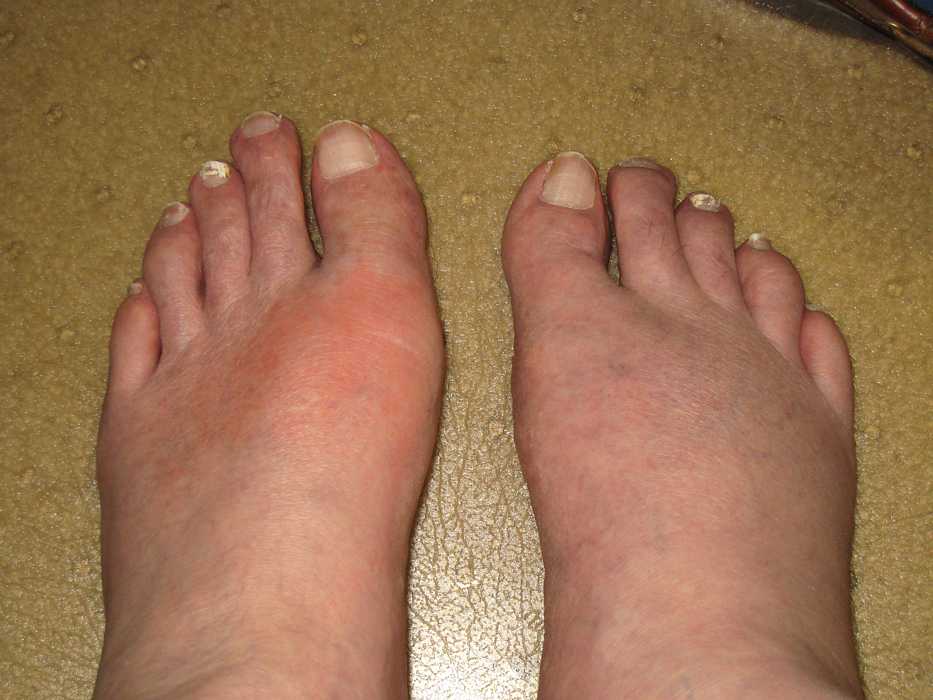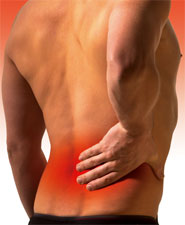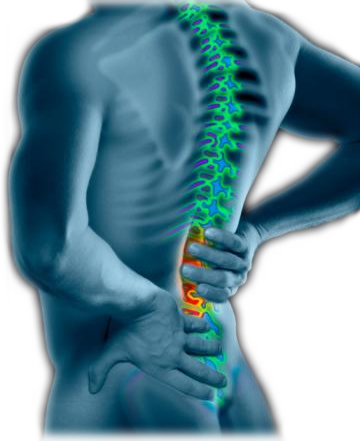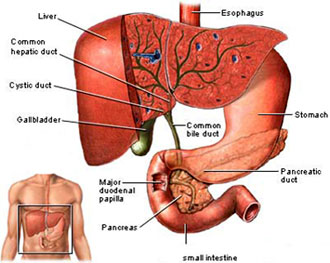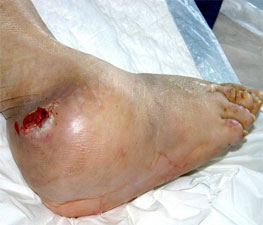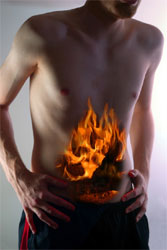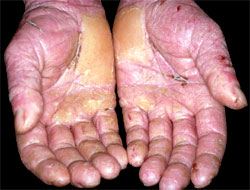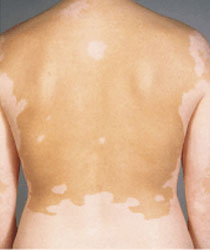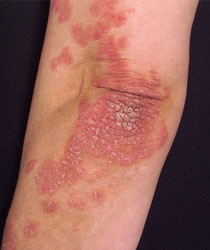Knee Pain
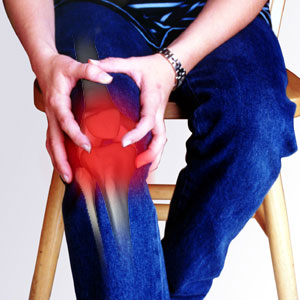
Knee Pain
Knee ligament injuries
Ligaments connect one bone to another. The ligaments outside your knee joint are called the medial collateral ligament and the lateral collateral ligament. They provide your knee with stability and limit the amount it can move from side to side.
- The medial collateral ligament is on the inner side of your knee and is taut when your leg is straight. It\\\'s a strong ligament but can be sprained or completely ruptured (torn) if you twist your straightened leg at the same time as being knocked sideways, for example, when being tackled in rugby.
- The lateral collateral ligament is like a thin, strong cord that runs on the outer side of your knee connecting the bottom of your thigh bone to the top of your fibula (one of the bones in your lower leg). It\\\'s not usually damaged on its own, but you may need to have it repaired if you have damaged other ligaments.
- grade 1 is a sprain with no tearing of the ligament
- zrade 2 is a partial tear of the ligament
- grade 3 is a complete tear of the ligament
Other soft tissue injuries
The other soft tissues around your knee can also be injured. Soft tissue means any tissue in your body that isn\\\'t bone. If you play a sport that involves twisting your upper leg while your foot is planted on the floor, you may tear the cartilage in your knee. The cartilage becomes worn down (degenerates) as you get older, making it easier to tear even after a very minor injury. Overuse of your knee can also result in tearing a patellar tendon. Your patellar tendon connects your kneecap (patella) to your thigh muscle.
Symptoms of knee injuries
The symptoms for most ligament injuries will be similar, no matter which one has been damaged. These may include:
- pain
- swelling
- instability - you may feel like your knee is giving way or that it\\\'s locking
Causes of knee injuries
You may injure your knee if:-
- it receives an impact or is moved beyond its usual range of movement, for example if you have a fall or land awkwardly
- you play a sport that combines running, jumping and stopping with quick changes of direction, such as football
- you have a condition such as osteoarthritis or gout, or are very overweight
- your knees hit the dashboard in a car accident - posterior cruciate ligament damage is sometimes called the \\\'dashboard injury\\\' as this is often how it occurs
